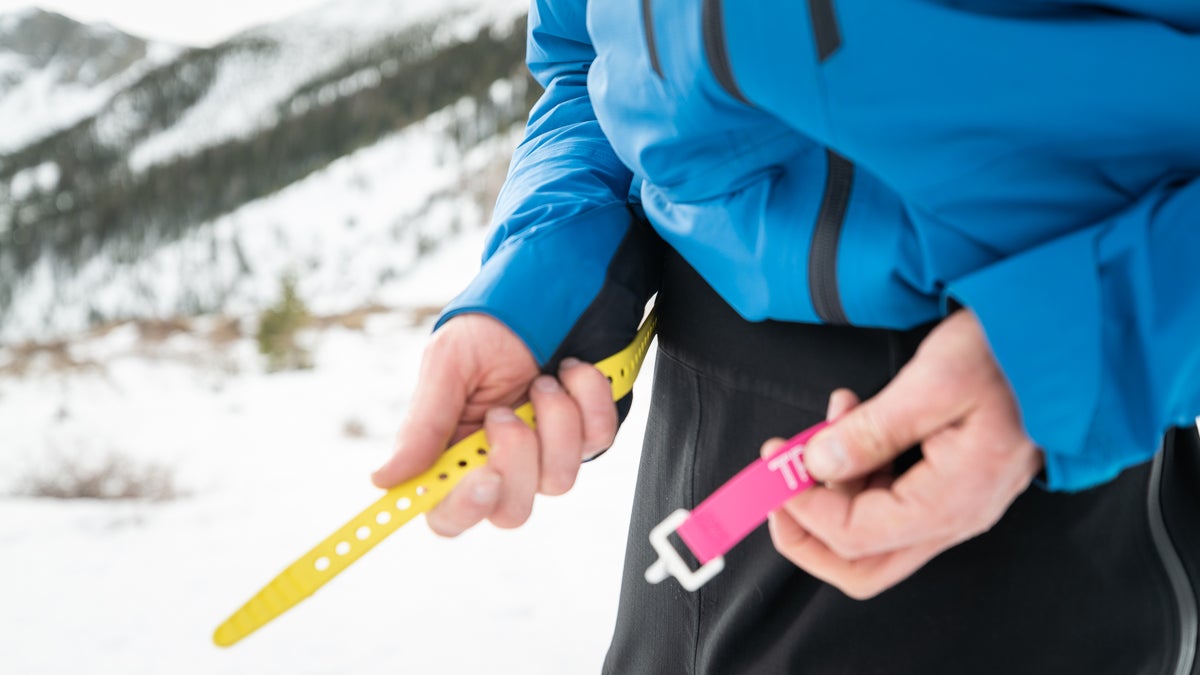No products in the cart.
Outdoor Adventure
8 Ways to Use Ski Straps in the Backcountry
Get full access to Outside Learn, our online education hub featuring in-depth fitness, nutrition, and adventure courses and more than 2,000 instructional videos when you
sign up for Outside+.
I’ve collected countless ski straps while working as an AIARE instructor and ski guide over the past seven years, and I’m convinced you can’t find a more versatile or capable product for ski or snowboard touring. Often called the duct tape of the backcountry—or backcountry rubber bands—they’ve saved my butt more than a few times, and they should accompany anyone stepping into the skin track. Here are eight different ways they can help you in the backcountry.
Fix Malfunctioning Boots
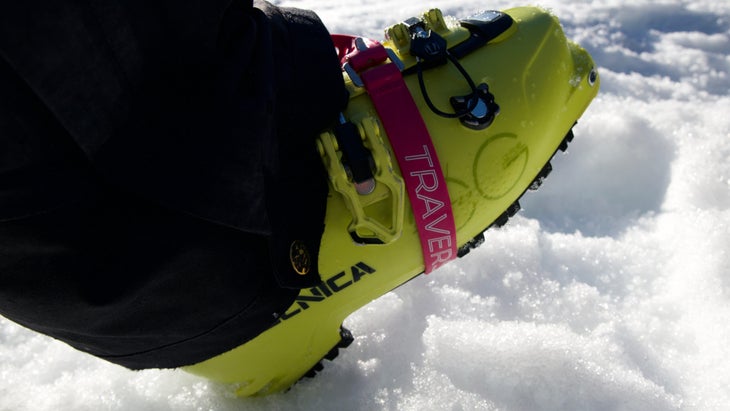
Perhaps the Boa system on your snowboard boot fails in the middle of a long tour, or the lockout mode on your ski boot refuses to stay in place. By tightening a ski strap around the malfunctioning area, you can create a little more sturdiness and security around the foot, ankle, or calf. This is only a temporary fix, but it should still let you score powder turns.
Tighten a Broken Binding
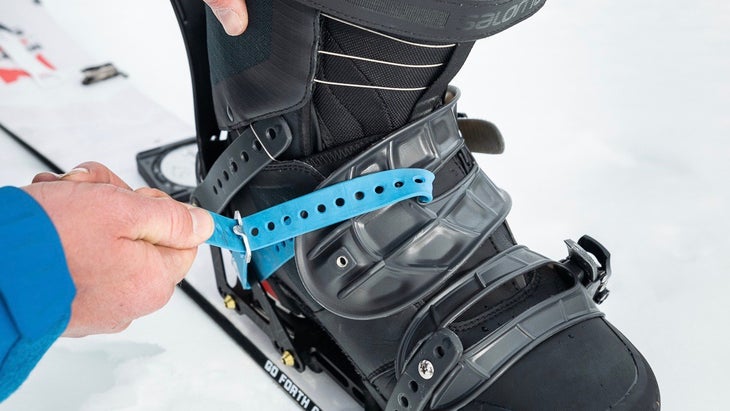
Whether you lose a screw, your buckle straps break, or a toepiece fails to lock out, broken bindings are extremely frustrating and downright dangerous on the downhill. Keep your snowboard bindings locked in by running a strap through two loop openings, and ratchet the strap down. For a backcountry ski with a toepiece lever that won’t stay up, place the strap underneath the toe lever and attach it to your ski-boot buckle. With enough pressure, it should keep the toepiece locked up.
Manage Your Skins
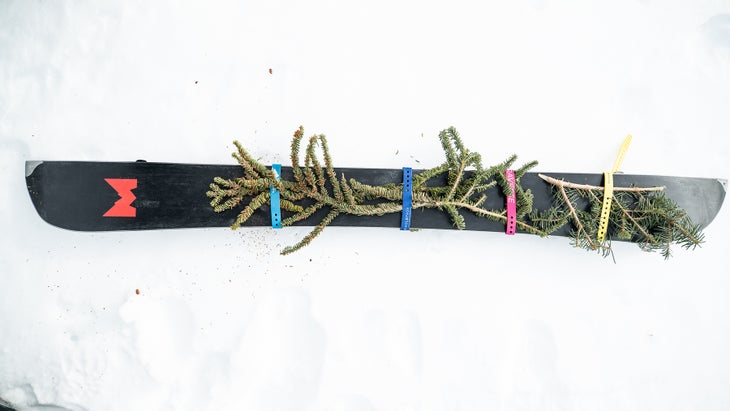
Have your skins ever refused to stick to the bases of your skis or splitboard? Fixing straps around your skins and your planks’ topsheets and bases can help keep them in place. Or have you ever gotten to distant trailhead and discovered you’ve forgotten your skins? (We’ve all been there—admit it.) Collect some pine branches (off the ground so you don’t disturb Mother Nature!) and fasten them to your skis with a few straps. They should create just enough friction to get you up that track.
Fasten Backpack Straps
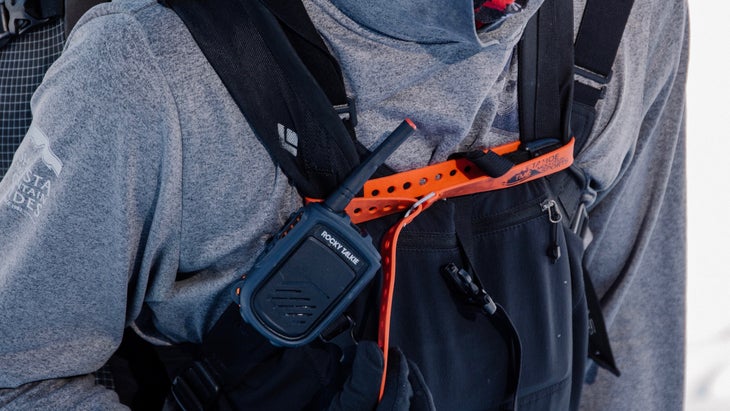
If you’ve ever had a chest buckle malfunction or shoulder strap snap, you know how aggravating it is to lug around a pack that’s falling off your body. A carefully placed ski strap can help shoulder straps rest comfortably and prevent wonky buckles from loosening up. For the former, attach the ski strap between the two shoulder straps and tighten down across your chest. If a buckle is broken, wrap a ski strap below the adjusters and bind it down.
Administer First Aid
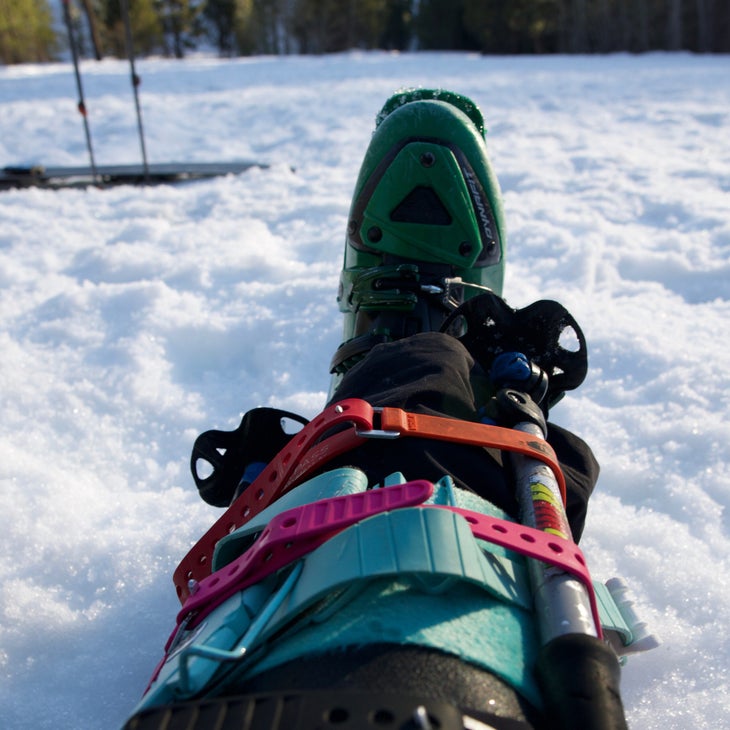
I always recommend that my AIARE students take a wilderness first-aid course so they’re that much more prepared in an emergency. Those skills, in combination with ski straps, can be a literal lifesaver. A strap can help to control bleeding by tightening gauze to a wound, and it can create a makeshift splint with your poles and skins (pictured above). Straps can also be used to extricate and stabilize an injured party member by securing them to a sled.
Keep Your Skis or Splitboard on Your Back
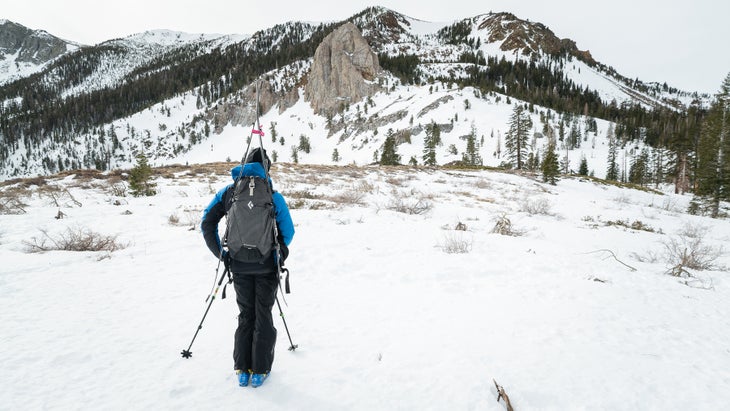
Every once in a while, a backcountry tour turns into a scramble or a boot-pack. Securing your skis or splitboard to your backpack is extremely convenient because it keeps your hands free to swing an ice ax, grip poles, or to hold on to rocks when climbing up a slope. Use ski straps to keep that equipment more firmly in place on your pack, as shown in the A-frame arrangement above (the strap is keeping the tips of the skis together). If your pack doesn’t have the right buckles to hold your gear at all, you can secure straps to loops on your pack and make them fasteners.
Lash Equipment to a Bike
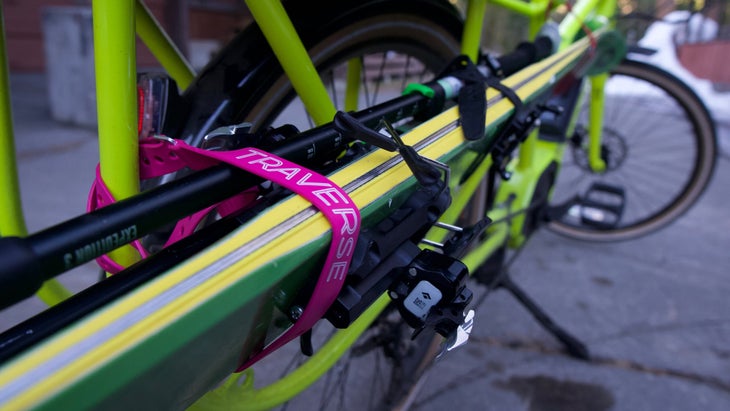
Spring is here, and commuting to your favorite backcountry trail by bike only adds to the human-powered experience. Luckily, it only takes a couple straps to mount your skis or splitboard to your two-wheeled rig. Hook your straps around your skis, bike frame, and/or seatpost, one near the tips and one near the tails—just make sure they aren’t in the way of your legs, the spokes, or the chain. Soon you’ll be on your merry way to that precious corn snow.
Meet Your Lifestyle Needs
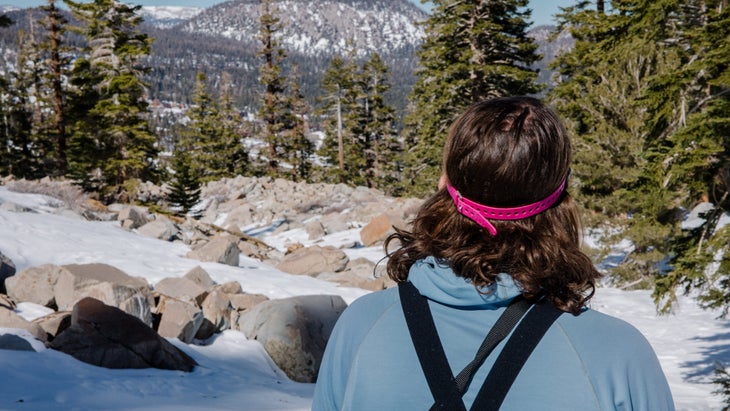
While Voile straps are mainly known to get skiers and snowboarders out of a bind, let’s not discount their sartorial abilities. Forgot your belt? Have a little too much hair flailing around in your face? Voile! Use a strap to keep your ski pants up or as an on-the-fly hairband.
Source link

